If you are loving the wine you are drinking, you may be under the assumption that you’re drinking it correctly. However, there are different steps that you can take to really elevate your palette when enjoying your wine experience. Following are tips for getting the most out of the flavors of your wine, wine pairing, and more to help you drink wine like an expert.
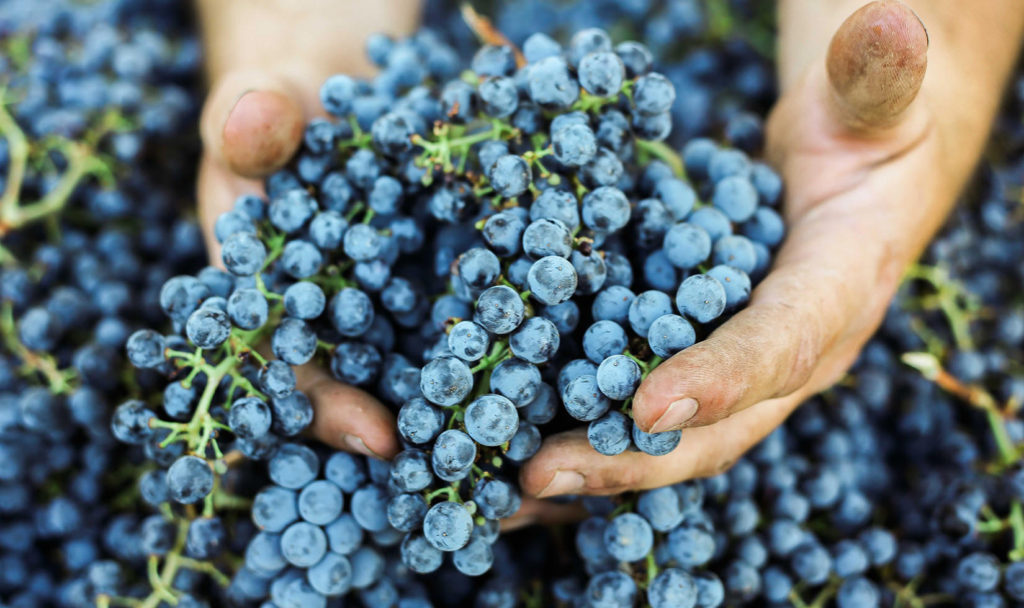
(Photo courtesy Jordan Winery)
How to Get The Most Out of Your Wine
Let Your Wine Breathe
When I first started drinking wine, I used to uncork it and pour myself a glass. I would cut myself a piece (or five) of cheese and call it a night.
I was drinking it all wrong.
By pouring myself a glass right after opening the bottle, I was drinking a “closed” wine. This basically means that I transferred the wine too soon before giving it time to mix with the air. In other words, I wasn’t letting it breathe which would’ve “opened” up the wine.

(Photo courtesy of Jordan Winery)
Decanters
When wines are packaged, the cork seals in all of its flavors by keeping air from entering. Strongly tannic wines have a lot less air in the wine, making it all the more concentrated. When you pop open your bottle, all the air comes back into the bottle and begins to mix with the wine.
You could keep your wine in the bottle, which is what I would find myself doing, but in reality, it does very little. This is because the air doesn’t come into contact with the majority of the wine. The best way to open up the wine is by pouring it into a decanter.
A decanter exposes your wine to oxygen to improve the flavor of the wine. The mix of oxygen softens the tannins and gives the wine a smoother finish. There are actually several different styles of decanters you can get depending on the wines you drink. This poster from Wine Folly shows us exactly that.
Generally, most wines – red or white – will improve within half an hour of decanting. On the other hand, younger red wines have more intense tannins, so they can take a few hours to truly develop that smooth finish.
Decanters are a great tool to have when you’re planning to drink the full bottle. Personally, when I drink wine, I don’t finished a bottle of wine in one sitting, unless I have company. In this case, I found that an aerator is the best solution.

(Illustration courtesy of Wine Folly. See below for more.)
Aerators
An aerator is a small filtration tool used to add oxygen to the glass of wine you pour. This makes the process of letting your wine breathe easy and convenient, especially when you just want a nightcap. I found my wine aerator on Amazon, and it’s changed my wine experience for the better.
The main thing to remember when letting your wine breathe is that you are adding oxygen to your wine to bring it back to life.
Use The Right Glass When You Drink Wine
When you go shopping for wine glasses, you’ll notice that there are different styles of glassware you can buy. I always thought it was due to decor preference, like dinner plates with different rims, but that’s a rookie mistake.
As covered in this wine glassware article published on this site, your wine glass will affect your wine experience. George Reidel said it best – “A bottle of wine is looking for a translator; the glass. If you don’t like the wine; it may not be the wine—it may be the glass.”
Wine glasses are made with the surface area of the wine in mind. The size of the rims and the shape of the bowls of the glasses will vary so that you can better select the glass that best enhances the taste for your wine.
I never paid attention before, but now I find myself reading the box of the wine glass to make sure it matches the wine I’m drinking. After all, you wouldn’t drink a Sauvignon Blanc out of a Champagne flute, right?
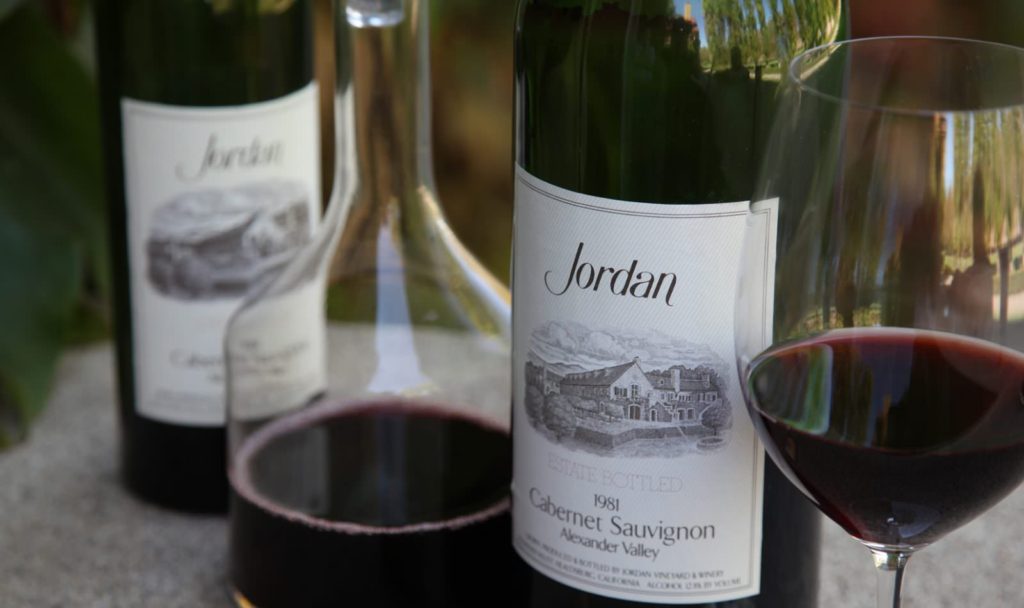
(Photo courtesy Jordan Winery)
Simple Wine Pairing Tips
I love eating cheese when I drink wine; it’s the best way to pass time after a long and stressful day. For the most part, cheese pairs excellent with most (if not all) wines. Of course, there are variations of cheese like there are variations of wine.
When I’m out to dinner, however, I notice that I oftentimes need to finish my wine before my entree. Mainly because I wasn’t really enjoying it with the food I ordered. It took me a few years to truly understand the rules of pairing my wine.

(Photo courtesy Jordan Winery)
Wines are generally put into 8 categories: four variations for white wine and four variations for red wine.
White Wines
- Dry Whites
- Rich Whites
- Sweet Whites (Dessert wines)
- Sparkling Wine
Red Wines
- Light Reds
- Medium Reds
- Bold Reds
- Dessert Reds
Each variation has a different body, style, and profile which will compliment different foods. A rich white wine like Chardonnay, for instance, has a taste profile that is dry with medium acidity. Its richness compliments seafood entrees as it mixes well with the robust flavors of the dish. The acidity in Chardonnay also pairs well with citrus infused vegetable dishes because it enhances the flavors within the wine. The idea is to compliment flavors rather than match them.
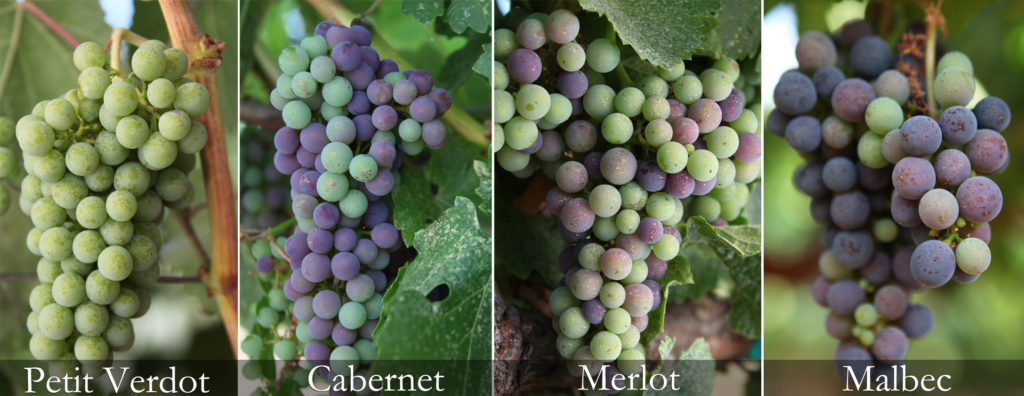
(Photo courtesy Jordan Winery)
BONUS: Debunking Wine Tips and Flavor Myths
Myth 1: “Herbs, spices and other fruits are added to the wine.”
Wines are harvested in dozens of ways and their method will depend on the grape, region, technique, and technology. Though there are variations for every wine, the core steps stay the same:
- Grape picking
- Grape crushing
- Fermentation (where sugar turns into alcohol)
- Wine aging
- Bottling the wine
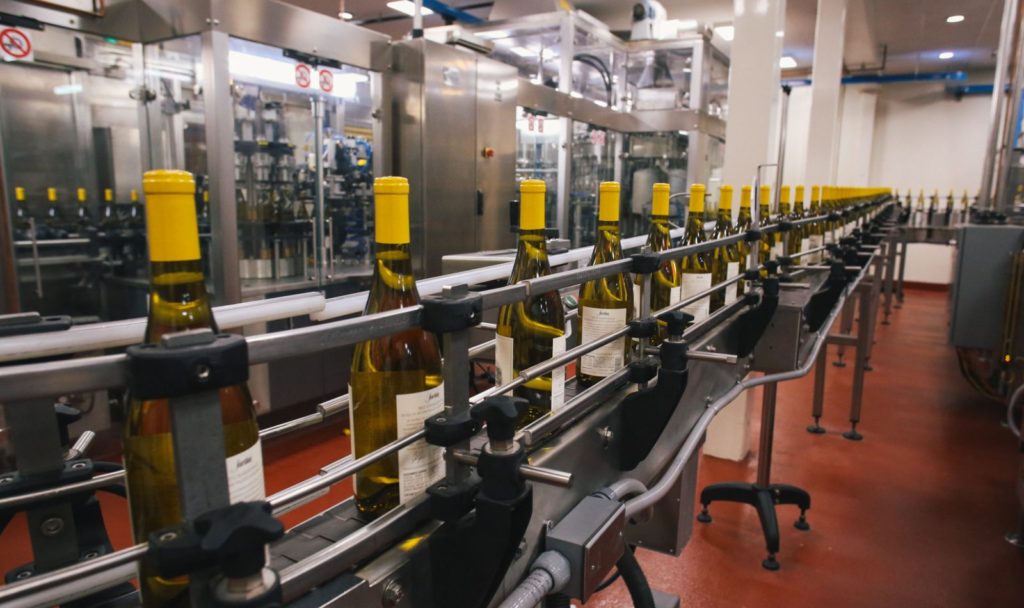
(Photo courtesy Jordan Winery)
Between the fermentation and aging of the wine, the grapes develop complexity in flavor that comes from molecular compounds. The alcohol level, along with the type of wood used for the barrel, all play a role in giving the wine a “spicy” finish or “a hint of herbs”. These descriptions are familiar phrases to best explain what we taste when experiencing the wine, not what it is made of.
Myth 2: “The longer I wait to drink the wine, the better it will be”
Most of the better wines will have an age limit of up to 10 years. Pinot Noir, for example, is one of those wines. Rare, however, are the wines that need that much time to reach their peak. As they say, “It is always better to drink a wine a year too soon than a day too late.”

(Photo courtesy Jordan Winery)
For More:
- Wine Folly, https://winefolly.com/
- On our site: Don’t Like the Wine? It May be Your Glassware
- On our site: Ice Wine: Nature’s Sweetest Mistake
- Also on our site: Everything You Need to Know About Prosecco
-All photos courtesy of Jordan Winery, as credited, except for the decanter illustration, which is courtesy WineFolly.com.

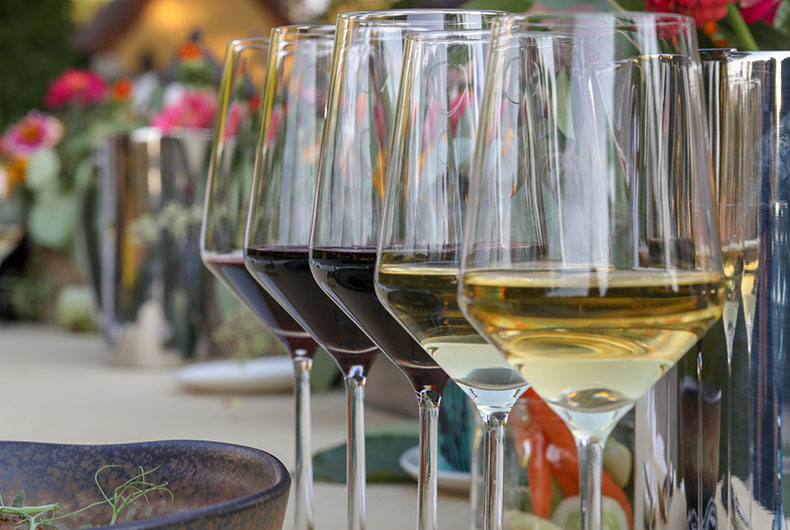

2 comments
Good advice.
Glad you like, Mary. I agree; there are some good tips here. You always have good ones to share as well!